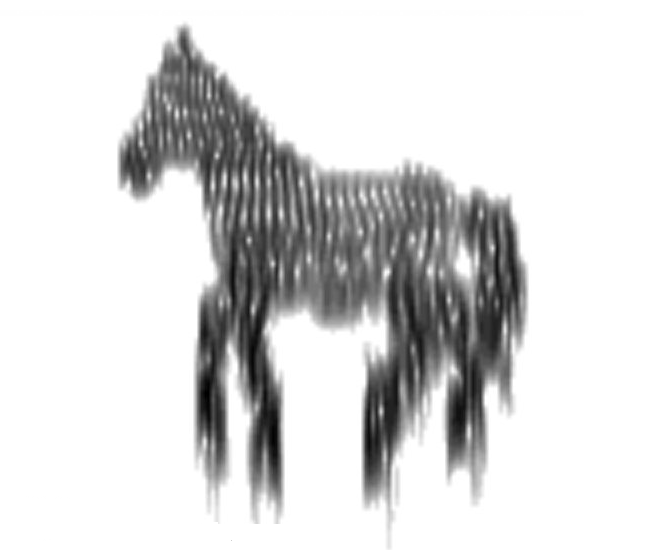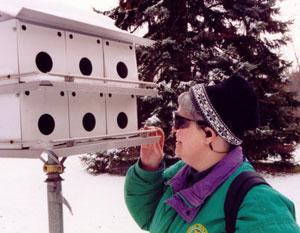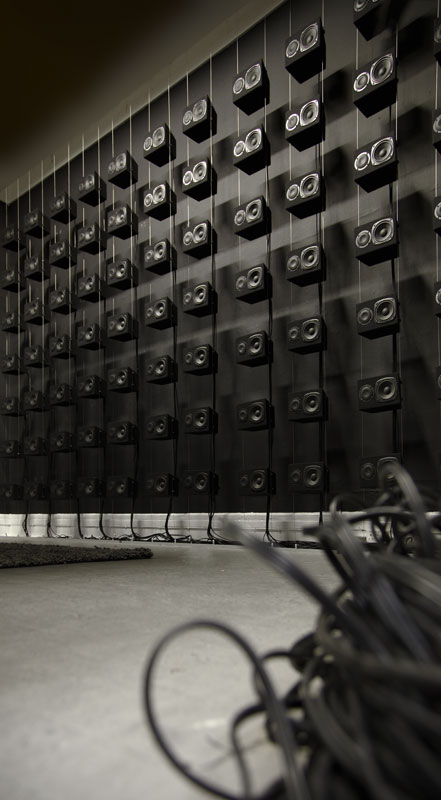Non-linear use of Multimedia
I was recently made aware of the online platform Thinglink.com - which essentially allows you to 'tag' an image and embed media from around the web - such as from YouTube and Soundcloud. Anyway this really got me thinking about some of the potential that such a platform offers - images provide a really powerful and direct way of communicating something (an image is worth a thousand words, bla bla) - and being able to combine an image with additional multimedia or information can offer a much richer experience to the audience.
For example, you could use an image as a backdrop for presenting other media (such as related video and audio), or you could expand upon an image, by tagging key areas and providing additional context with video, audio, text and other images.
I thought a lot about how this could be used in terms of story telling and perhaps even communicating science, particularly by augmenting image diagrams. There's loads of cool interactive / animated diagrams and educational apps already out there, that essentially bring textbooks into the digital sphere, but they take a lot of 'know-how' and time to develop. Thinglink offers a quick and accessible route for users to create their own interactive diagrams and multimedia packages, through which to share a rich wealth of information and also tell stories through non-linear pathways.
So I took my recent audio documentary on the vOICe technology (you can listen to it here) and I cut out sections that matched up with a diagram I found in a New Scientist article on the same subject (you can read it here).
Diagram below:
I then uploaded my clips to Soundcloud here:
http://soundcloud.com/eprosser/sets/the-voice-thinglink-samples/
and used Thinglink to embed the short sound files into the New Scientist diagram image - to produce an interactive diagram of sorts. The audio accompaniments augment the visual impact of the New Scientist diagram with some added 'context' from my documentary. Users can explore the subject at their own pace and explore the clips in any order they choose. Click here to see it all together.
This was just a really quick proof of concept mock up, using existing work - but I'm really keen to start using this platform as a way of quickly creating rich multimedia packages, which combine images, video and audio to communicate stories, ideas and information in a non-linear fashion.








